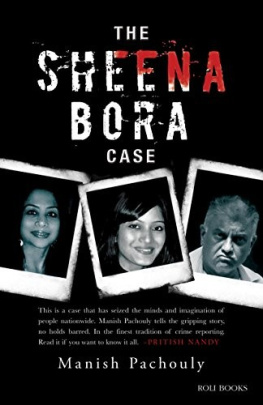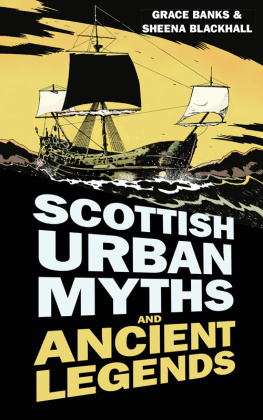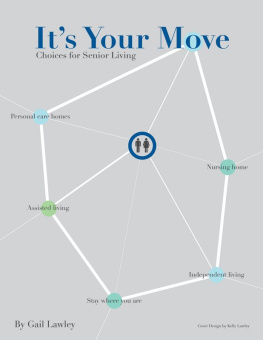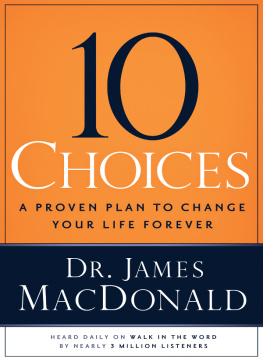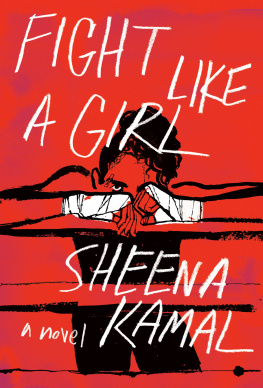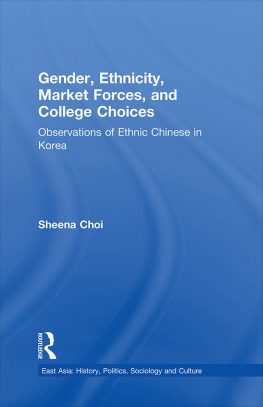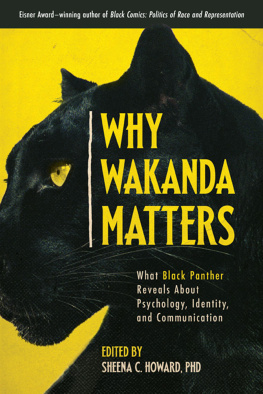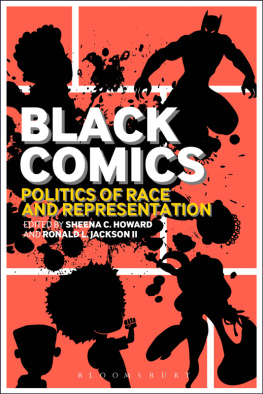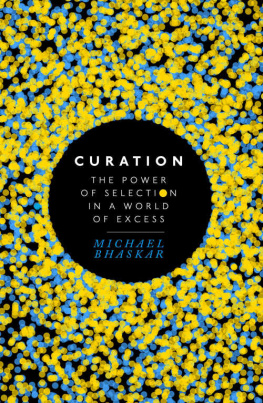

THE ART OF CHOOSING
SHEENA IYENGAR
New York Boston
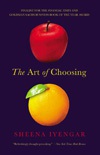
Begin Reading
Table of Contents
Copyright Page
To Dad, who told me anything was possible
To Mom, for being there every step of the way


Past Is Prologue
Everything begins with a story.
Joseph Campbel
I was born in Toronto, one month early and during a blizzard that covered the city in snow and silence. The surprise and the low-visibility conditions that accompanied my arrival were portents, though they went unrecognized at the time. My mother, as a recent immigrant from India, was of two worlds, and she would pass that multiple identity on to me. My father was making his way to Canada, but had not yet arrived; his absence at my birth was a sign of the deeper absence yet to come. Looking back, I see al the ways in which my life was set the moment I was born into it. Whether in the stars or in stone, whether by the hand of God or some unnameable force, it was already written, and every action of mine would serve to confirm the text.
That is one story. Heres another.
You never know, do you? Its a jack-in-the-box life: You open it careful y, one parcel at a time, but things keep springing up and out. Thats how I came into the worldsuddenlya month before I was due, my father not even able to receive me. He was stil in India, where my mother had always imagined she, too, would be. Yet, somehow, she had ended up in Toronto with me in her arms, and through the window she could see the snow whirling. Like those flakes of ice, we were carried to other places: Flushing, Queens, and then Elmwood Park, New Jersey. I grew up in enclaves of Sikh immigrants, wholike my parentshad left India but had also brought it with them. And so I was raised in a country within a country, my parents trying to re-create the life that was familiar to them.
Three days a week, they took me to the gurudwara, or temple, where I sat on the right side with the women, while the men clustered on the left.
In accordance with the articles of the Sikh faith, I kept my hair long and uncut, a symbol of the perfection of Gods creation. I wore a kara, a steel bracelet, on my right wrist as a symbol of my resilience and devotion, and as a reminder that whatever I did was done under the watchful eyes of God. At al times, even in the shower, I wore a kachchha, an undergarment that resembled boxers and represented control over sexual desire.
These were just some of the rules I fol owed, as do al observant Sikhs, and whatever was not dictated by religion was decided by my parents.
Ostensibly, this was for my own good, but life has a way of poking holes in your plans, or in the plans others make for you.
As a toddler, I constantly ran into things, and at first my parents thought I was just very clumsy. But surely a parking meter was a large enough obstacle to avoid? And why did I need to be warned so frequently to watch where I was going? When it became obvious that I was no ordinary klutz, I was taken to a vision specialist at Columbia Presbyterian Hospital. He quickly solved the mystery: I had a rare form of retinitis pigmentosa, an inherited disease of retinal degeneration, which had left me with 20/400 vision. By the time I reached high school, I was ful y blind, able to perceive only light.
A surprise today does prepare us, I suppose, for the ones stil in store. Coping with blindness must have made me more resilient. (Or was I able to cope wel because of my innate resilience?) No matter how prepared we are, though, we can stil have the wind knocked out of us. I was 13 when my father died. That morning, he dropped my mother off at work in Harlem and promised to see a doctor for the leg pain and breathing problems hed been having. At the doctors office, however, there was some confusion about his appointment time, and no one could see him right then.
Frustrated by thisand already stressed for other reasonshe stormed out of the office and pounded the pavement, until he col apsed in front of a bar. The bartender pul ed him inside and cal ed for an ambulance, and my father was eventual y taken to the hospital, but he could not survive the multiple heart attacks he had suffered by the time he got there.
This is not to say that our lives are shaped solely by random and unpleasant events, but they do seem, for better or worse, to move forward along largely unmapped terrain. To what extent can you direct your own life when you can see only so far and the weather changes quicker than you can say Surprise!?
Wait. I have stil another story for you. And though it is mine, once again, I suspect that this time you wil see your own in it, too.
In 1971, my parents emigrated from India to America by way of Canada. Like so many before them, when they landed on the shores of this new country and a new life, they sought the American Dream. They soon found out that pursuing it entailed many hardships, but they persevered. I was born into the dream, and I think I understood it better than my parents did, for I was more fluent in American culture. In particular, I realized that the shining thing at its centerso bright you could see it even if you, like me, were blindwas choice.
My parents had chosen to come to this country, but they had also chosen to hold on to as much of India as possible. They lived among other Sikhs, fol owed closely the tenets of their religion, and taught me the value of obedience. What to eat, wear, study, and later on, where to work and whom to marryI was to al ow these to be determined by the rules of Sikhism and by my familys wishes. But in public school I learned that it was not only natural but desirable that I should make my own decisions. It was not a matter of cultural background or personality or abilities; it was simply what was true and right. For a blind Sikh girl otherwise subject to so many restrictions, this was a very powerful idea. I could have thought of my life as already written, which would have been more in line with my parents views. Or I could have thought of it as a series of accidents beyond my control, which was one way to account for my blindness and my fathers death. However, it seemed much more promising to think of it in terms of choice, in terms of what was stil possible and what I could make happen.
Many of us have conceived and told our stories only in the language of choice. It is certainly the lingua franca of America, and its use has risen rapidly in much of the rest of the world. We are more likely to recognize one anothers stories when we tel them in this language, and as I hope to show in this book, speaking choice has many benefits. But I also hope to reveal other ways in which we live and tel our lives and form narratives that are more complex and nuanced than the simplified alternatives of Destiny and Chance that I have presented here.
Choice can mean so many different things and its study approached in so many different ways that one book cannot contain its ful ness. I aim to explore those aspects of it that I have found to be most thought-provoking and most relevant to how we live. This book is firmly grounded in psychology, but I draw on various fields and disciplines, including business, economics, biology, philosophy, cultural studies, public policy, and medicine. In doing so, I hope to present as many perspectives as possible and to chal enge perceived notions about the role and practice of choice in our lives.
Next page

